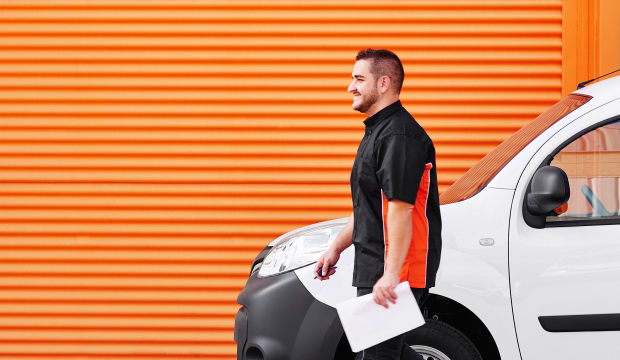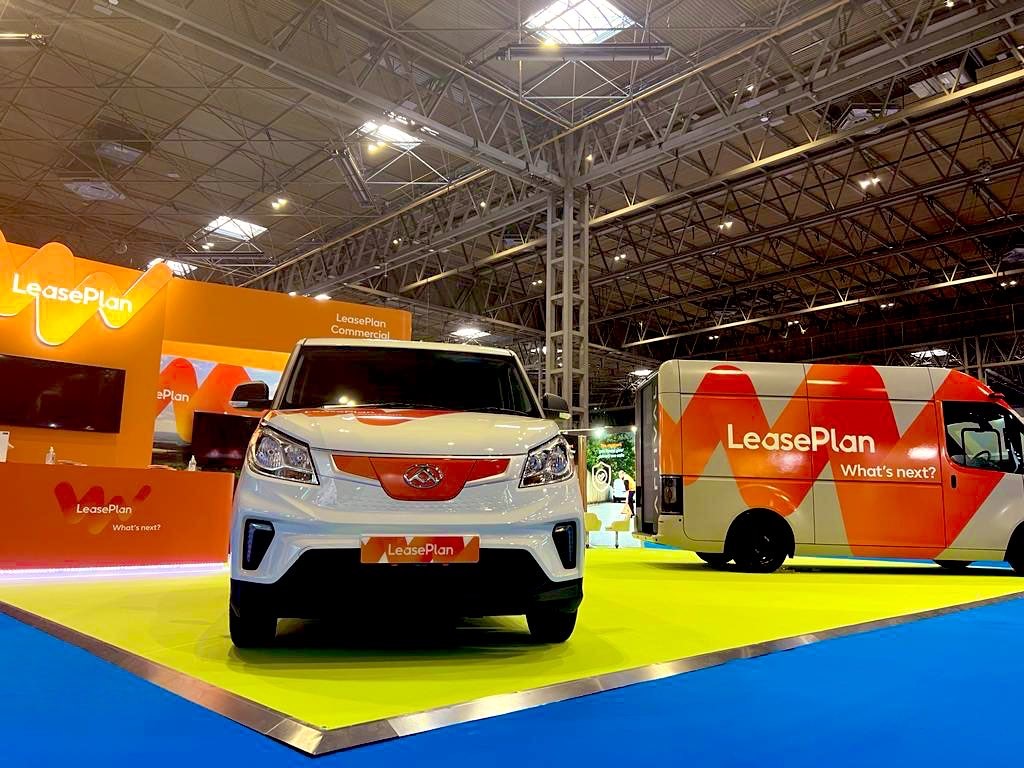Looking at the array of commercial vehicles all gleaming brightly in hall 4 of the NEC arena, it seems that every manufacturer from Citroen to Iveco are offering drivers’ safety equipment by the truck (and van) load.
Debuting at this week’s Commercial Vehicle Show were three vehicles featuring autonomous emergency braking; Toyota Proace, Peugeot Expert and Citroen Dispatch, and that’s just for starters – the SMMT currently estimates that ¼ of all vans are now available with some form of advanced collision warning system.
And it wasn’t just the manufacturers offering enhanced safety features – companies from across the sector were using the CV Show to demonstrate the latest safety equipment and software.
From in-cab telematics to cameras, tyre monitors and tachographs, there seemed to safety devices as far as the eye could see.
One particular safety advancement is the technology that’s been developed to completely eliminate blind spots. Of course, similar equipment has been around for years, although they are now more sophisticated than ever before.
When you consider that 31% of fatalities are from pulling away and 25% of all fatalities are from reversing; camera systems for drivers and audible alarms that alert other road users of a vehicle’s manoeuvring, should now be considered an essential piece of kit.
The Silent Witness stand, with its Orwellian 360 view of the vehicle and its surroundings, was particularly impressive. More than just another camera, the system automatically reports incidents, along with video evidence, location and speed information, directly to a fleet controller. Although, having said how impressive all this technology is, we do need to remember that it’s still vital that companies create an environment where the health and safety of employees, contractors, agency workers and the public at large is protected.
Driver behaviour assessments and risk management policies are clearly essential, but they don’t need to be complicated. Even simple measures, such as allowing drivers sufficient time each day to conduct vehicle checks, top up oil or windscreen fluid, and inflate tyres to the correct psi (or Bar if you’re old school) can result in cost savings, extend a vehicle’s life and could end up saving lives.
So the overall message has to be to use the tech for what it’s good for, but remember that the ultimate responsibility still lies with those behind the wheel and the desk.
Guest blog by Jennifer Gradden, LeasePlan Fleet Risk Management




